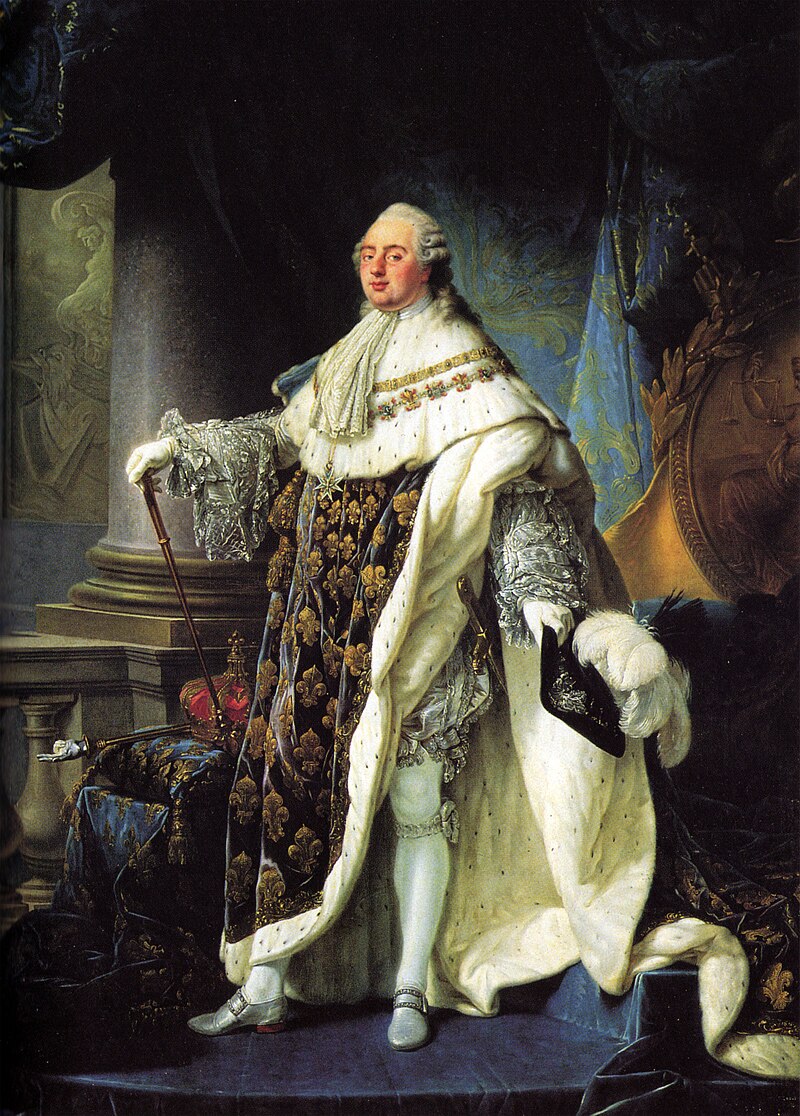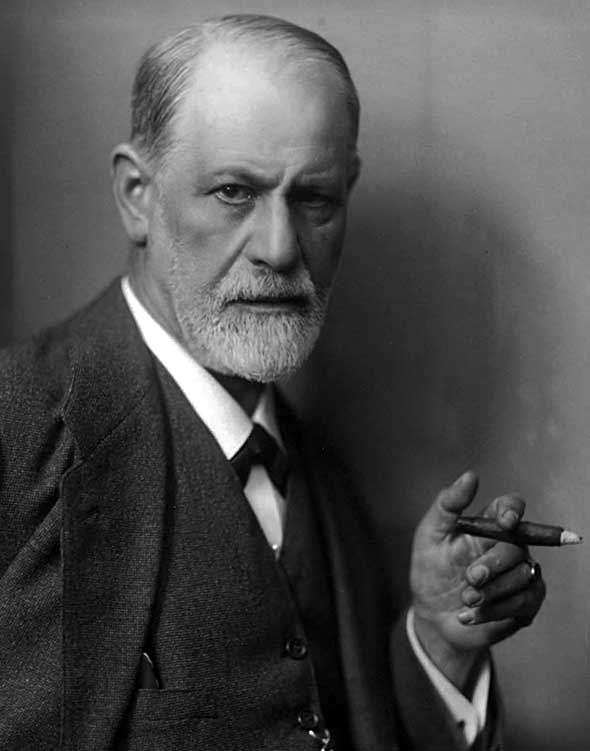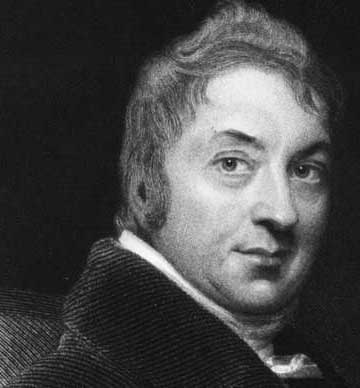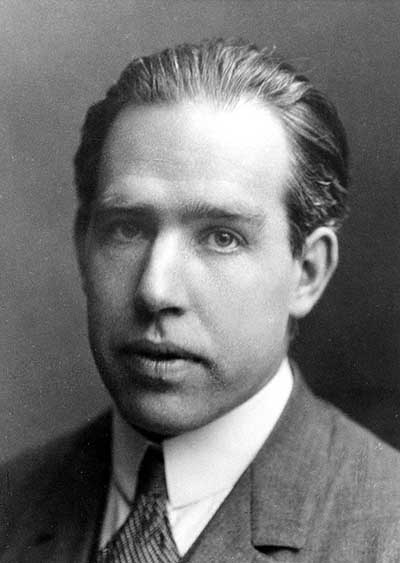Ludwik Pastor ur. 1822- died 1895
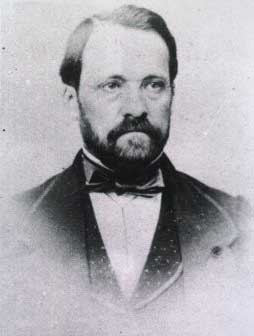
Theory, according to which microorganisms are the cause of disease, not demons or miasms, it is only a little over a hundred years old. It was formulated by Fracastorius, Italian physician from the Renaissance, who also introduced the name "syphilis". Over the next two hundred years, there was no shortage of adherents of this theory, but no one has been able to prove it. Only in the second half of the 19th century. the situation started to change, both thanks to individual observations of doctors, and systematic research by scientists, such as the English surgeon Joseph Lister. However, the creation of bacteriology, which has been extremely successful in the fight against disease, is commonly credited with the genius of Louis Pasteur. Admittedly, in recent years, his figure has become dulled – similar to Sigmund Freud, Pasteur was worshiped beyond measure – however, it would be difficult to disprove the opinion, formulated during his lifetime, That 654 one of the greatest scientists in history. A chemist by profession, initially he dealt with crystallography, later he became interested in the practical problems of vinegar fermentation, wine and beer. In the last and most important phase of his career, he investigated the causes of infectious diseases in humans and animals, and developed a vaccine against rabies and anthrax., initiating research, whose set was to overcome other diseases. Pasteur, thanks to his unique talent for drawing accurate theoretical conclusions from patiently conducted experiments, caused huge changes in medicine. Progress in this area has saved many millions of people around the world. Nothing unusual, that Pasteur became a legendary figure during his lifetime, and today, when we judge the great figures more critically, its achievements are carefully scrutinized.
Louis Pasteur was born 27 of December 1822 R. in Dole, in eastern France. his father, Joseph Pasteur, sergeant in Napoleon's army, a tanner by profession, had a very beneficial effect on his son. In his youth, Ludwik was a promising painter – the preserved portraits prove an outstanding talent – but at the age of nineteen he abandoned his artistic ambitions and devoted himself to a career in science. When he graduated from college in Besancon, it was decided at the family council, that he will continue his studies at the Ecole Normale Superieure in Paris, which, just like today, she prepared for the profession of a university professor in the field of art and science. On the entrance examination in 1842 R. came out relatively poorly – in chemistry, he obtained the grade "mediocre". The decision made at that time resulted from his character: urgency, perfectionism, egotism and eccentricity. He had resigned from his studies at the Ecole Normale and was preparing for another year. He retook the exam and passed as one of the best. He studied physics and chemistry. W 1846 R. obtained aggregation (discharge), and in the following year he defended his thesis.
The first discovery was made by v 1848 R. in the field of crystallography – science, which then underwent significant changes. This discovery is proof of Pasteur's stubbornness, his ability to observe and formulate general solutions. The chemists then wondered, why certain tartrate crystals have the same chemical properties, but other optical features – some crystals twist the plane of light polarization, and no other. It is now known, that tartaric acid exists in three isomeric forms. Two of them are optically active, i.e. turn the plane of polarization or to the left, be right. Third variety – mesotartaric acid – it is optically inactive.
J. J. Berzelius previously introduced the concept of isomers to distinguish compounds of the same molecular composition, but with different properties. It was not known, however, what makes such a difference. Using a magnifying glass and tweezers, Pasteur was arduous, incredibly precise observations and demonstrated, that there are two forms of tartrate crystals, being a mirror image of itself. According to a famous anecdote, having solved this puzzle, Pasteur cried out: Everything is found! This sentence has become a famous quote. He came to conclusion, that he did not know only the structure of tartaric acid, but that he discovered asymmetric molecules, a whole new group of substances. The science of how the arrangement of the elements of a molecule in space affects the properties of a chemical compound is now known as stereochemistry.
W 1854 R. Pasteur took over the chemistry department at the University of Lille. At the urging of local industrialists, who could not understand, why ethyl alcohol cannot be obtained from certain batches of beet juice, Pasteur took care of the fermentation process. By studying this issue, expanded the range of experiments to include lactic acid fermentation as well. Justus Liebig and other famous chemists of this period considered, that the fermentation to obtain alcohol from sugar is a chemical process. Pasteur came to a different conclusion – he considered, that it is a biological process, in which the yeast multiplies. W 1857 R. published a short paper entitled Memoire sur la fermentation appelee lactique, which can be considered the cornerstone of microbiology. Although Pasteur's theory was not entirely accurate (fermentation is basically a chemical process), its importance was great. On this basis, Pasteur made a suggestion, that "there is a category of creatures, that breathe actively enough, that they get oxygen from certain compounds, which… they are subject to slow and progressive decay ". Pasteur discovered anaerobic microbes and provided the scientific basis for explaining a process that has been used for centuries. The industrial use of yeast is currently not limited to food and alcohol production – yeast is also used to make vitamins, antibiotics and hormones.
After returning in 1857 R. to Paris, Pasteur became director of scientific research at the Ecole Normale. Fermentation research has raised the question of the existence of self-generation again. According to an old belief, certain life forms arise from inanimate substances. This apparently highly probable concept – for example, worms and flies emerge from the ground – has been constantly challenged by organic chemistry. Pasteur then carried out many different, very imaginative and convincing experiences. He showed, that the atmospheric air contains microbes and that living organisms can always be found in substances, such as, for example, sweetened water, exposed to air. He heated and boiled glass flasks with a bent neck, and the signs of life appeared in them only after the introduction of air. Pasteur even went to the Jura mountains, climbed to the top of Mount Poupet and opened his flasks there. Turned out, that the atmosphere in these areas is relatively little polluted. Rene Dubos is writing, that "after these experiments were carried out, there was no longer any basis for maintaining, that there is self-generation – at least under normal conditions ".
In ten years, more or less from 1863 R., Louis Pasteur exercised a tremendous influence on French industry. He also gained international recognition. W 1863 R., encouraged by Napoleon III, undertook research to explain the causes of wine spoilage, which sometimes, for unknown reasons, turned into vinegar or turned bitter. Pasteur showed, that this process occurs as a result of the breakdown of bacteria. Initially, he wanted to add some antiseptic to the wine, later discovered, heating is probably the better option. Substantially, this method was already used by winemakers in certain regions of Spain and elsewhere. After Germany defeated France in the war 1870 R. Pasteur used similar methods to study beer, guided by more or less patriotic reasons.
Pasteurization – heating wine or beer for a short time at a temperature of 50-60 ° C – it soon became widely used for the preservation of various food items, and especially dairy products. In the 1960s, another topic of Pasteur's research was silkworm diseases.
He was able to save the French silk industry from catastrophe by controlling the silkworm farming process and eliminating sick eggs.
Pasteur enjoyed great recognition. W 1873 R. was admitted to the Academie de Medicine, and the public closely followed his subsequent work in the field of immunology and disease. W 1880 R., after isolating the microbes causing cholera in poultry, Pasteur made the first attempt to elicit an immune response. Probably wanting to avoid competition, he kept secret the method of preparing the vaccine. The experiment involved injecting some birds with a one-month-old cholera culture. To his surprise, Pasteur said, that the birds did not get sick. He then conducted experiments, which showed, that cholera activity diminishes over time. He recognized, that in this way he discovered the general principle of acquiring immunity by organisms. A new phase began in his scientific career.
The success of cholera research in poultry prompted Pasteur to address anthrax, cattle disease, which can be transmitted to humans. Having done some impressive research, determined, what microbes cause this disease, and made a guess, that the disease spreads from the bodies of fallen animals buried in pastures. W 1881 R. Pasteur held a public demonstration of vaccination against anthrax with a vaccine, which, as he claimed, he got from a weakened germ. The show involved infecting fifty sheep with fresh, not a weakened anthrax culture. Half of them were unvaccinated – all these sheep fell ill and died. These experiments were related to the vaccination controversy. Pasteur conducted them in response to the critics' challenge. This was accompanied by a great uproar and a press campaign.
The culmination of Pasteur's work in the field of nascent immunology was the development of the famous rabies vaccine, obtained in the 1880s. Dramatic symptoms and the inevitable death as a result of infection caused, that rabies was considered a particularly mysterious and terrible disease. Pasteur succeeded in immunizing the test dogs by inoculating them with a weakened culture; infected with fresh germs did not get sick. He has not tested the effects of the vaccine in humans, he had no opportunity to do so. W 1885 R. a little boy was brought to Pasteur, Joseph Meister, bitten by a rabid dog. Pasteur hesitated, but because without the vaccine the boy's fate was doomed, decided to vaccinate him. Little Meister * survived, Pasteur became famous. This success allowed Pasteur to raise by subscription the funds needed to build a medical institute, who bears his name today.
Louis Pasteur married v 1849 R. Maria Laurent. They had four children, two of them lived to adulthood. He was a model of bourgeois virtues; he was characterized as an overbearing and humorless man. W 1868 R. suffered a stroke, he was then partially paralyzed for the rest of his life and spoke with difficulty. He died in St.. Cloud 28 Sept. 1895 R. Funeral, worthy of a national hero, it was held at the expense of the state. Pasteur is buried with his wife in the crypt of the Pasteur Institute, made available to visitors.
As is easy to guess, Pasteur was very hardworking and had an exceptional memory. This is interesting, that he combined the ability to see details with the ability to think abstractly and make accurate generalizations. Talent ten – which is demonstrated by the quality and clarity of his writings – also characterized Newton, Einstein, Bohra, Darwin and Freud, Like some of those mentioned, he also had his weaknesses: he had entered into insignificant disputes with Claude Bernard. Pasteur was a passionate patriot and devout Catholic, and therefore did not accept Darwinism. All this, however, disappears in comparison with, as Jacque Nicolls puts it, "His outstanding talent for observations made in passing, which later opened up new topics for later researchers - like a river that irrigates large stretches of a country on its way to the sea ".
Just like the work of other great scientists, Pasteur's work has also been thoroughly studied. It turned out then, that Pasteur did not deserve all the praise of his earlier biographers. Recently, Gerald L.. Geison in his excellent work has demonstrated, that the Pasteur vaccine against anthrax was not developed as a result of breeding weakness, as Pasteur argued, but was obtained by a technique developed by his rival *. It was similar with the rabies vaccine. Admitting, that “Pasteur's research work was extremely important and fruitful, and some of its principles we follow to this day ", Gieson tries to minimize some aspects of the Pasteur legend. “His image was created in a social context, which has lost its importance today. The heroes' biographies were used to convey commonly accepted moral values, and science was treated as directly useful and "positive" knowledge. Even at a time when heroes are needed and wanted, we do not have to accept such an image uncritically ".
